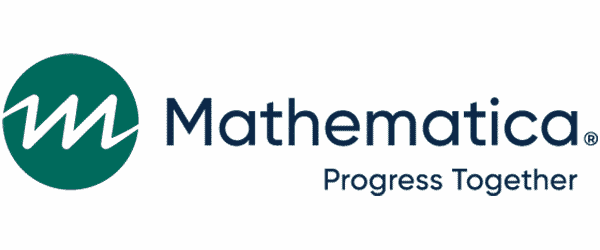
Home » Transcript Library » Qualitative analysis of interview data
Qualitative analysis of interview data
Qualitative analysis of interview data, a basic step by step guide.
Part 1: A description of each step.
Step 1, reading the transcripts. Quickly browse through all the transcripts as a whole. Then, make notes about your first impressions. Re-read the transcripts again one by one very carefully, line by line.
Step 2, start labeling relevant pieces, such as words, phrases, sentences or sections in the transcripts. And these labels can be about actions, they can be about activities or whatever you think is relevant. And this process is called coding or sometimes it’s referred to as indexing. Here’s an example of an interview transcript that has been coded. So, how do I know what to code, you might wonder. Well, you might decide that something is relevant to code, because it is repeated in several places or perhaps it’s something that surprises you, or it might be that the interview him or herself explicitly states that this is important, or you have read about something similar in previously published reports, for example, in scientific articles, or it reminds you of a theory or a concept, or for some other reason that you think is relevant. You can use pre-conceived theories and concepts or you can be more open-minded. You can aim for a description of things that are superficial or you can code and aim for a conceptualization of underlying patterns. It’s up to you. It’s your study and your choice of methodology. You are the interpreter and these phenomena are highlighted because you think they are important. Just make sure that you tell your reader about your methodology and the choices that you make and you do that under the heading method. In your coding, try to be unbiased and stay close to the data, i.e. the transcripts. Don’t hesitate to code plenty of phenomena. You can have lots of codes, even hundreds.
Step 3, decide which codes are the most important, and create categories by bringing several codes together. Go through all the codes created in the previous step. Read them with a pen in your hand. You can create new codes if you want to by combining two or more codes. You don’t have to use all the codes that you created in the previous step. In fact, many of these initial codes can now be dropped. Keep the codes that you think are important and group them together in the way you want. Create categories, in other words. You can call them themes if you want to. Here’s an example (Updating rulebook, Changing schedule, New routines). I’ve grouped these codes together and created a category. Here’s a second example (Talking to colleagues, Reading journals, Attend meetings) and here’s a third one (Locate and fix problems fast, Quick alarm system). The categories don’t have to be of the same type. They can be about objects, processes, differences, or whatever. Be unbiased and creative and try to be open-minded. Your work now, compared to the previous steps, is on a more general, abstract level. You are conceptualizing your data.
Step 4, label categories and decide which are the most relevant and keep those and also decide how they are connected to each other. Label the categories. Well, in my example, I had three different categories. I’m going to call the first one adaptation and the second one is seeking information and the third one is problem solving. At this stage, I should also describe the connection between these categories. These categories and the connections are the main results of my study. It’s the core of the whole study, at least when it comes to the results. It is new knowledge about the world from the perspective of the participants in my study.
Step 5, here are some options. You could, if you want to, decide if there’s a hierarchy among the categories. You could also decide if one category is more important than the others, and you could also draw a figure if you want to. Here’s an example that I put together (Constant Adaptation: Information seeking & Problem Solving).
Step 6, it’s time to write up your results. Under the heading Results, describe the categories and how they are connected. Use a neutral voice, and don’t interpret your results. Under the heading Discussion, write out your interpretations and discuss your results. Interpret the results in light of, for example, results from similar, previous studies published in relevant scientific journals in your field, theories or concepts from your field, or other relevant aspects.
Part 2: Ending remarks.
I have assumed that your task is to make sense of a lot of unstructured data, i.e. that you have qualitative data in the form of interview transcripts. However, remember that most of the things that I have said in this tutorial are basic and also apply to qualitative analysis in general. What does that mean? Well, it means that you can use the steps described in this tutorial to analyze, for example, notes from participatory observations, documents, web pages, or other types of qualitative data.
Suggested reading.
Alan Bryman’s book ‘Social Research Methods’ together with Steinar Kvale’s and Svend Brinkmann’s book ‘InterViews’ are excellent for anyone who wants to dig in deeper and understand how to do qualitative interview research.
Copyright Disclaimer
Under Title 17 U.S.C. Section 107, allowance is made for “fair use” for purposes such as criticism, comment, news reporting, teaching, scholarship, and research. Fair use is permitted by copyright statute that might otherwise be infringing.






